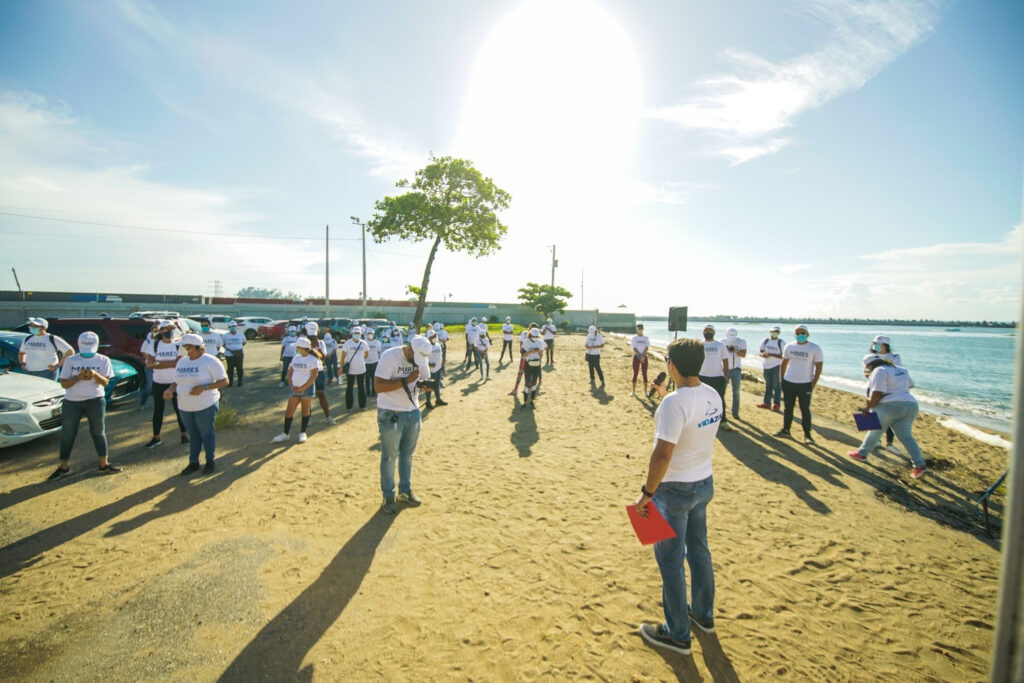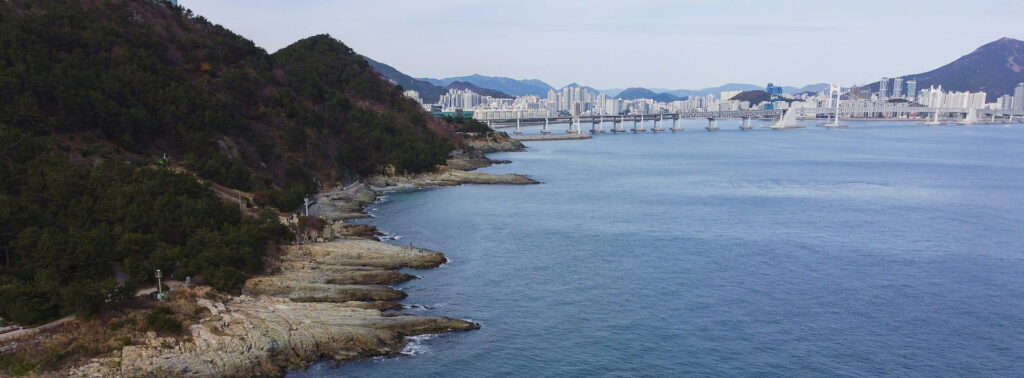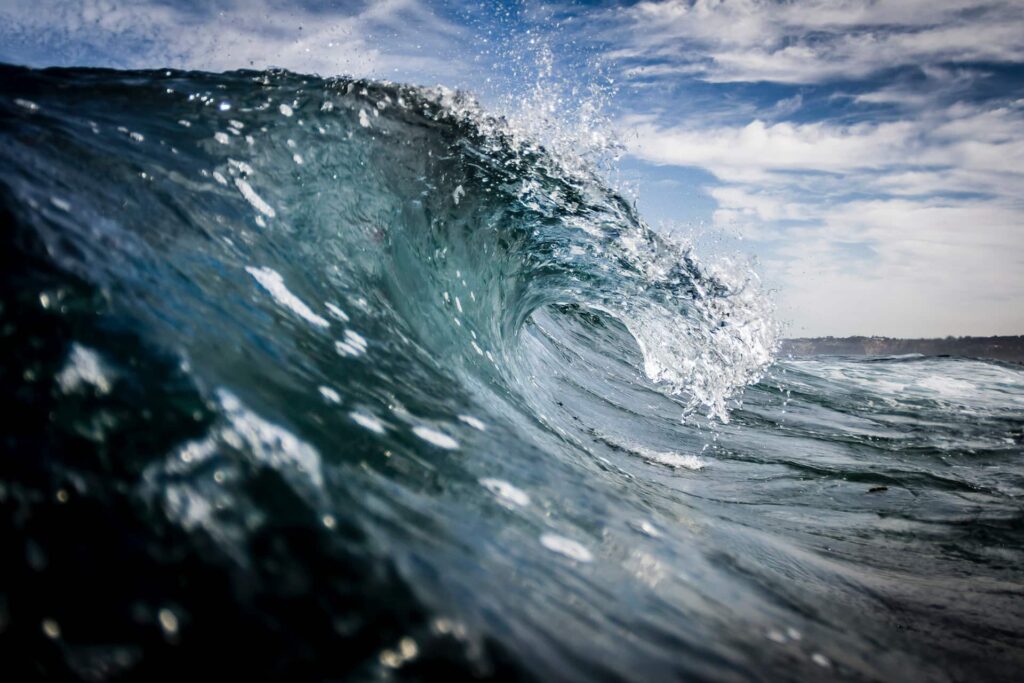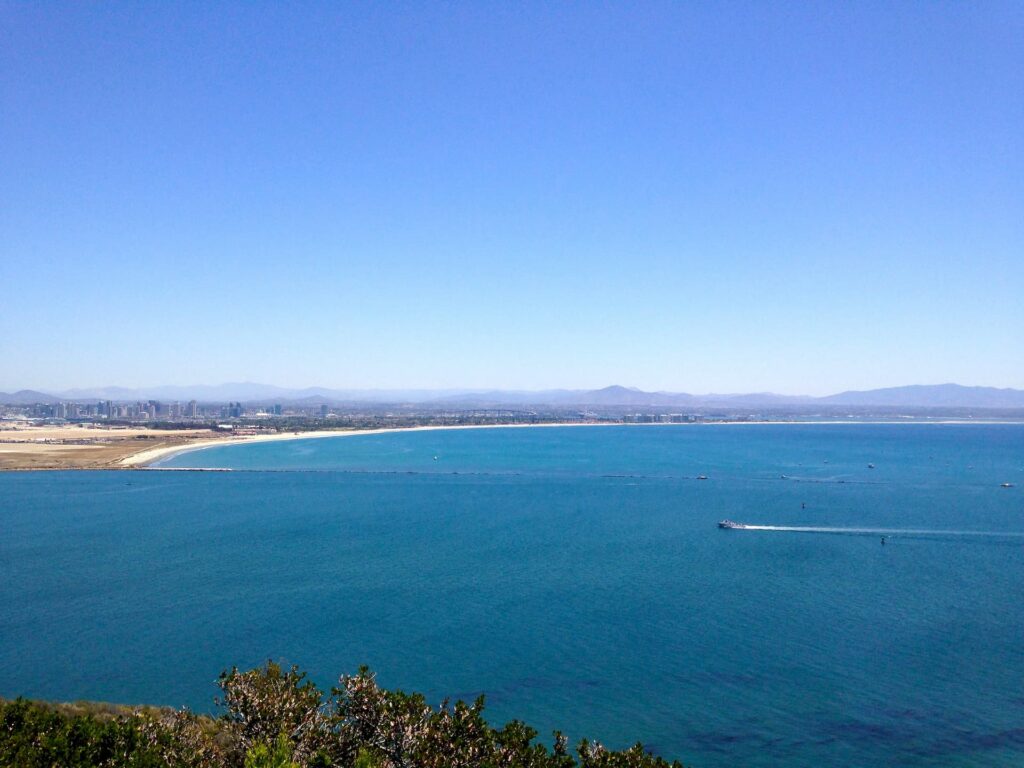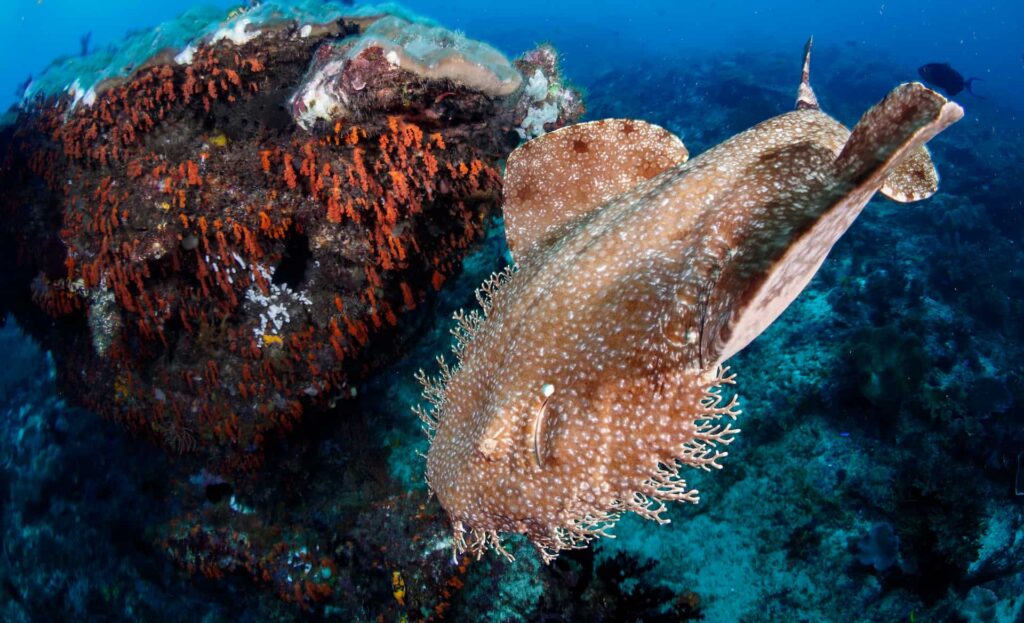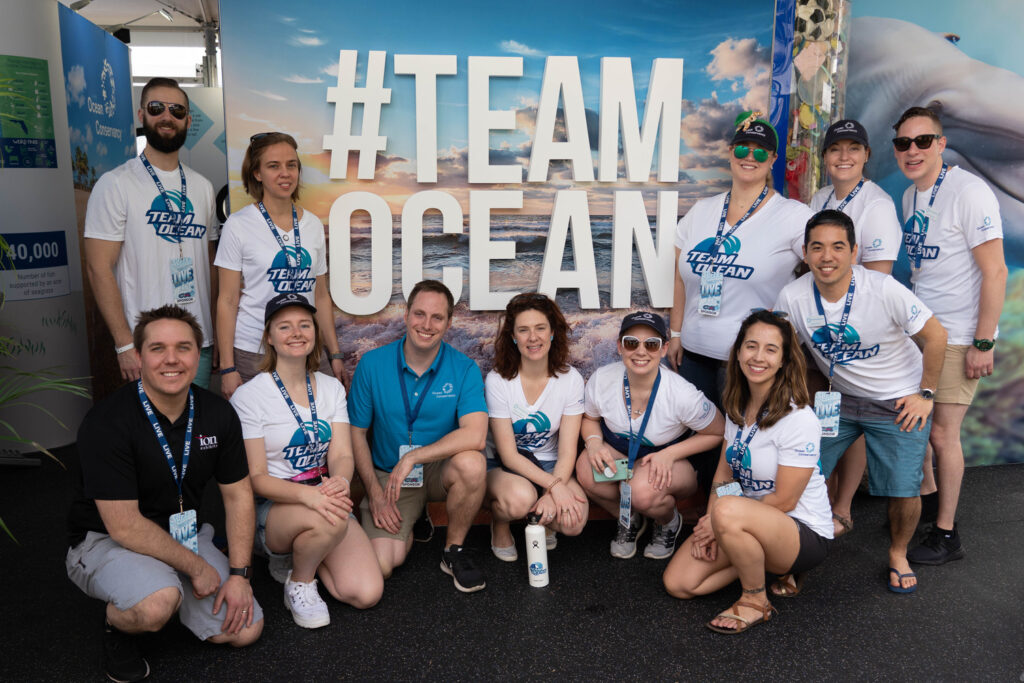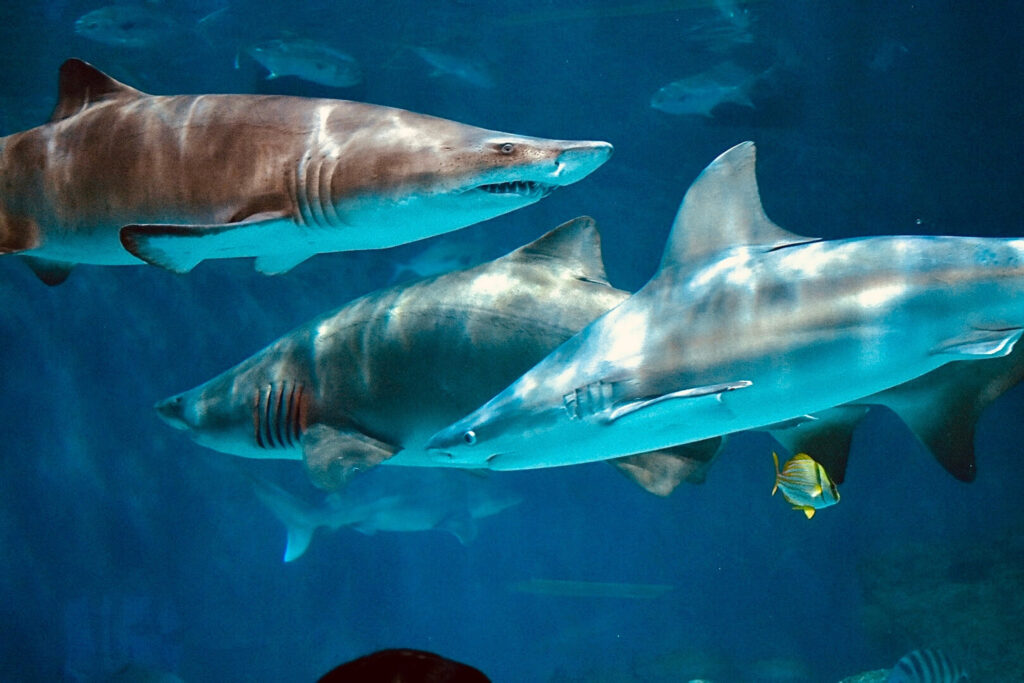Newsroom
Check out the latest news and updates from Ocean Conservancy! If you are a member of the media, please reach out to our media contacts for inquiries. You can also join the press list for Ocean Conservancy news.
If you are not a member of the media, please check out our contact page to make sure your question gets to the right person. Unfortunately, our team does not have the capacity to respond to all student or research inquiries.
